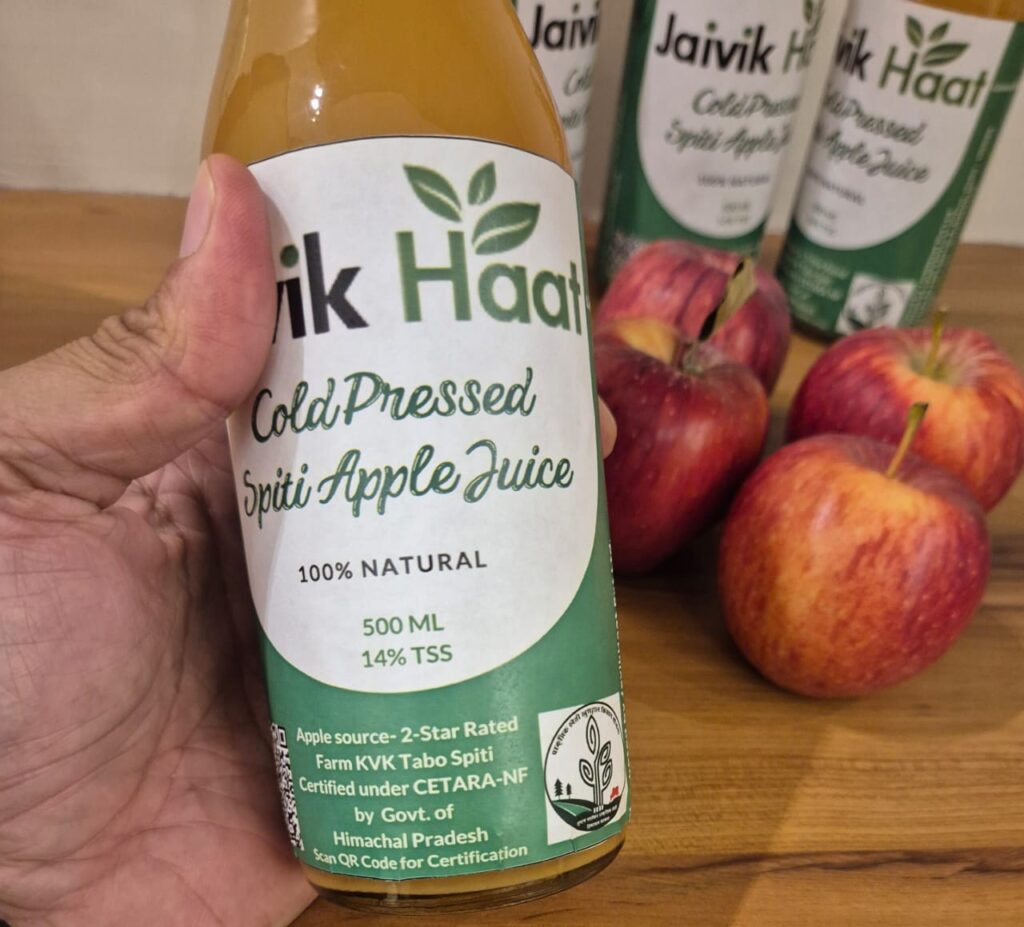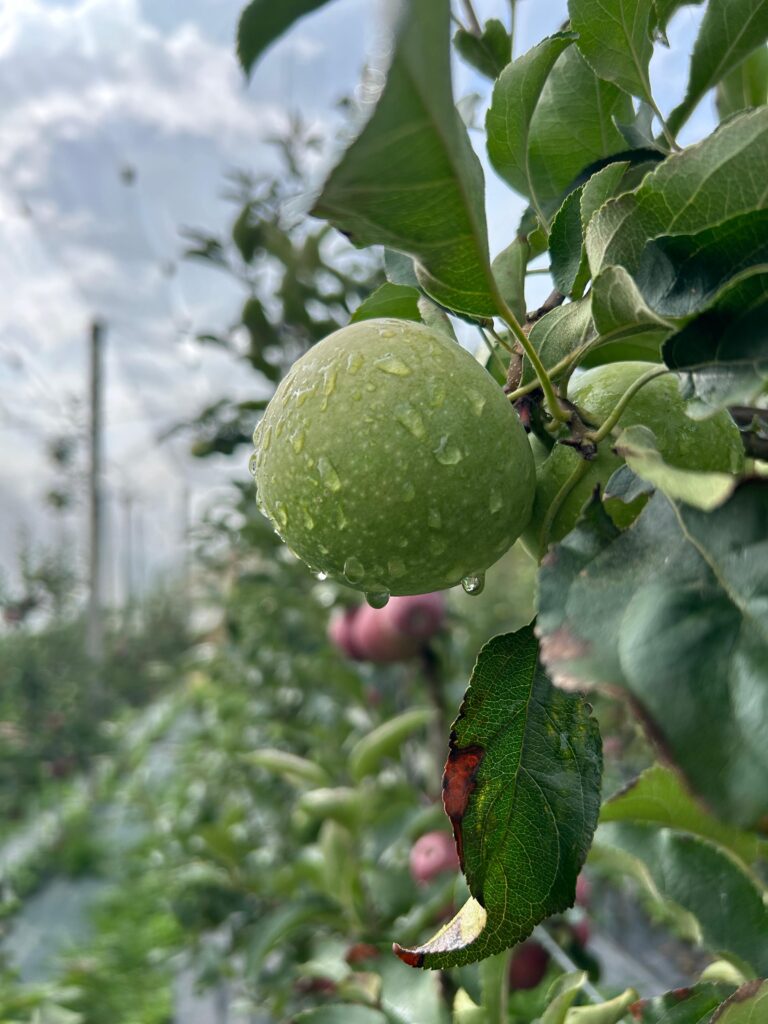Beyond the Perfect Apple: A Natural Farming Success Story from Himachal
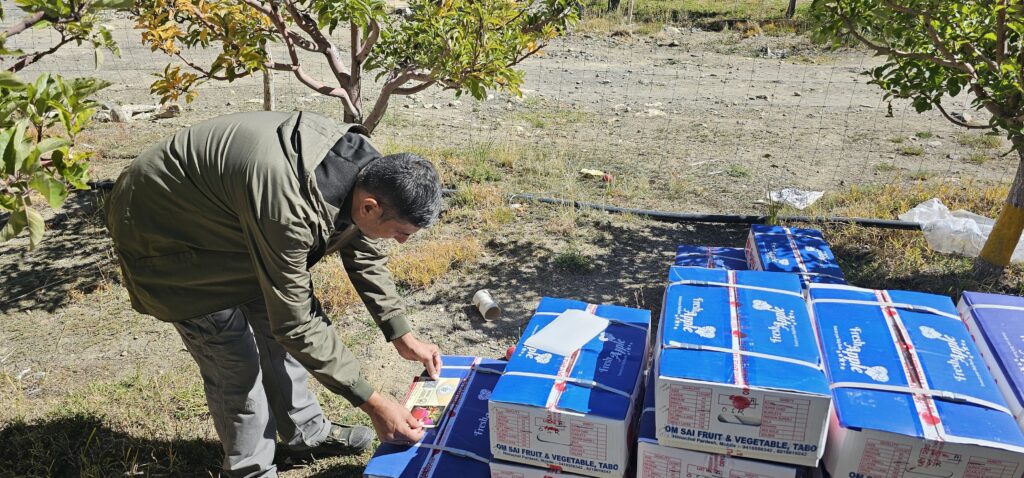
High up in the remote Spiti Valley, life runs at a different rhythm. The air is thinner, the winters are harder, and farming is more than just a job it’s a way of life. Here, apple orchards cling to steep slopes, their branches stretching towards the bright, blue skies. Families have cared for these trees for generations, pruning, watering, and harvesting with the kind of patience only the mountains can teach.
But behind the postcard beauty, there’s a quieter, harsher truth. Every apple season, after months of hard work, a part of the harvest gets pushed aside. Not because the apples aren’t tasty or healthy but because they don’t “look right.”
Some are too small. Some have spots. Some are slightly odd-shaped.
These “imperfect” apples still juicy, sweet, and full of nutrients are often sold for next to nothing, used as animal feed, or, worse, simply thrown away.
For farmers in Spiti, who already face rough roads, high transport costs, and limited markets, this feels like an insult. They know the apples are good. But the market only seems to care about looks.
That’s where the story starts to change.
A Simple Idea With a Big Impact
Instead of seeing these apples as rejects, we asked a different question: What if we could turn them into something valuable?
The answer came in the form of cold-pressed juice.
Cold-pressing is an old idea with a modern twist. Unlike regular juicers, which spin fast, create heat, and break down nutrients, a cold press works slowly, gently squeezing the juice out. No heat, no damage. The result? A juice that tastes fresher, keeps more vitamins and enzymes, and doesn’t spoil as quickly.
In a pilot project by Gram Disha Trust, with help from UHF Nauni and KVK Tabo, a lot of these so-called “unfit” apples were collected. When pressed, they produced 45.5 liters of juice golden, fragrant, and naturally sweet. The sweetness was measured at 14° Brix (a way to check natural sugar levels). In simple terms? It tasted delicious proof that these apples had never lost their goodness
Giving “Low-Grade” Apples a Second Chance
This project wasn’t just about making juice. It was about changing how we look at food.
Farmers in Spiti lose up to 2.4 kilos out of every 100 kilos of apples right on their farms, simply because of sorting for size. By the time the apples travel to big markets, the losses increase nearly 14.1 kilos per 100 are wasted.
By using these apples for juice, the project gave them a purpose again.
Instead of being dumped or fed to cows, these apples became the heart of a premium product. And that meant farmers could earn something from fruit that would otherwise bring them nothing.
It’s a simple but powerful idea: what the market sees as waste, the farmers and students saw as potential.
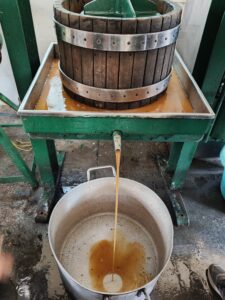
Clean, Safe, and Carefully Made
Before a single apple was pressed, it went through strict testing. More than 180 types of pesticides were checked for from the common ones like organophosphates to more complex chemicals. The results came back clear: zero contamination.
These apples were grown on CETARA-certified natural farms, meaning they were clean and chemical-free. When the juice was made, it was treated gently. Instead of loading it with preservatives, it was pasteurized just enough to make it safe. The juice was bottled in glass, sealed with vacuum caps, neck sleeves, and tamper-proof tape.
Every step was about one thing: keeping the juice as pure as the apples it came from.
What It Cost to Make This Juice
Making something new always takes effort and money. Here’s what went into this project:
- Raw Apples (B-grade, discounted) – ₹12,415
- Glass Bottles & Caps – ₹3,293
- Transport & Materials – ₹4,470
- Labels, Sleeves, Tape – ₹1,701
- Juicing & Labor – ₹16,000
In total, it cost ₹37,879 to produce 44 liters of juice.
There were small losses along the way about 1.5 liters were lost during pasteurization, and another 10 liters spilled during transport. Even then, the model worked.
Each 500 ml bottle was priced at ₹275 making it affordable for customers, while still fair for farmers.

More Than Juice A Lesson for Everyone
This wasn’t just about turning apples into juice. It became a learning project.
Students from UHF Nauni’s Experiential Learning Program (ELP) rolled up their sleeves and worked alongside us. They helped sort, wash, press, and bottle the juice.
But what they really learned was bigger –
How food systems work in the real world.
How hygiene and labeling matter for trust.
How science and community can come together to create something meaningful.
For the farmers, it was eye-opening too. They saw fruit they thought was worthless being transformed into a product people were excited to buy.
Sustainable Development Goals (SDGs) are also in place to measure such impact. It is clear from our endeavor that many SDGs are directly impacted as a result of the efforts.
It is not just sustainable prouduction and consumption but also, waste avoidance, land under Sustainable Agriculture.
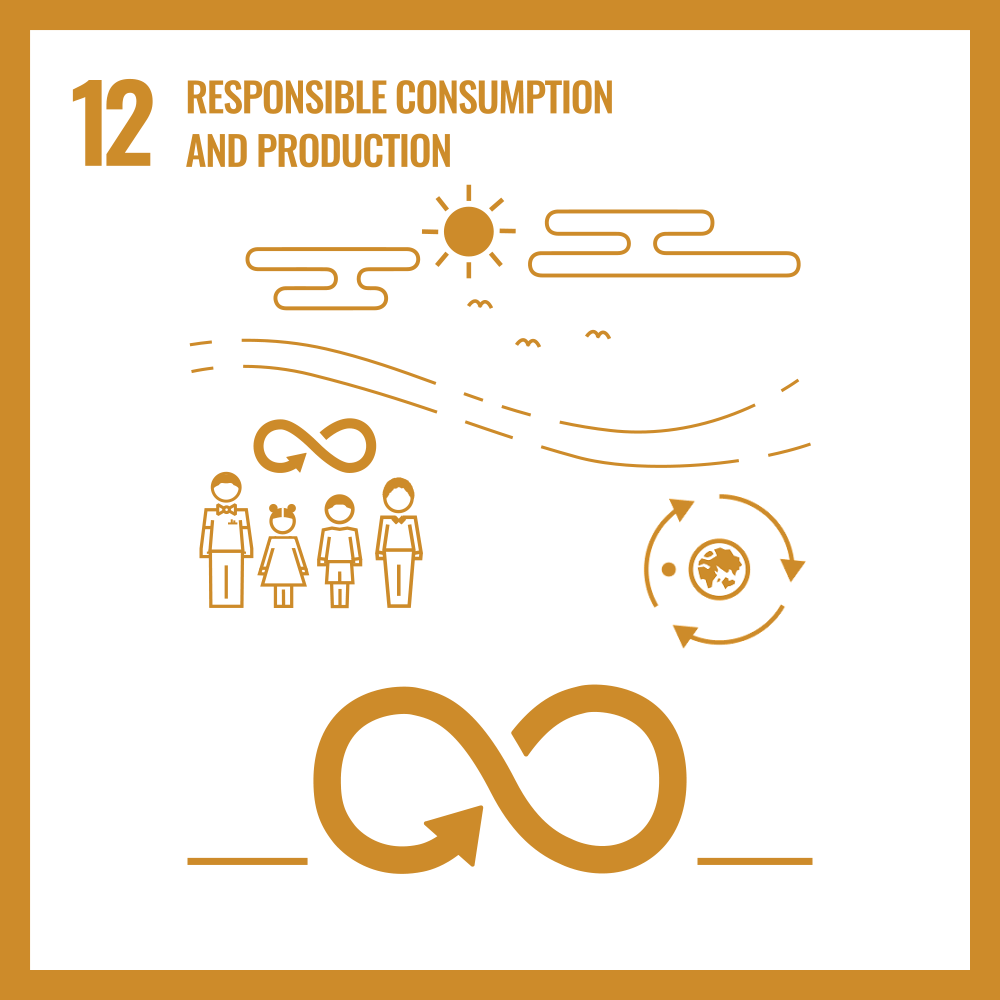
Specifically SDG 12.3 Target envisions to
“By 2030, halve per capita global food waste at the retail and consumer levels and reduce food losses along production and supply chains, including post-harvest losses”
Why This Matters
This juice isn’t just a drink. It’s an idea in a bottle. It shows that sustainability doesn’t always mean new machines or high-tech solutions. Sometimes, it’s about looking at what’s already there and using it better.
It turns waste into opportunity.
It turns rejection into respect.
It turns apples into hope.
One Last Sip
The next time you take a sip of juice, think about where it came from.
In every bottle of cold-pressed apple juice from Spiti, there’s more than sweetness. There’s the story of farmers who refused to give up on their fruit. Students who learned by doing. And apples that were never broken just overlooked. Because sometimes, the things we think aren’t “perfect” are the ones that surprise us the most.
